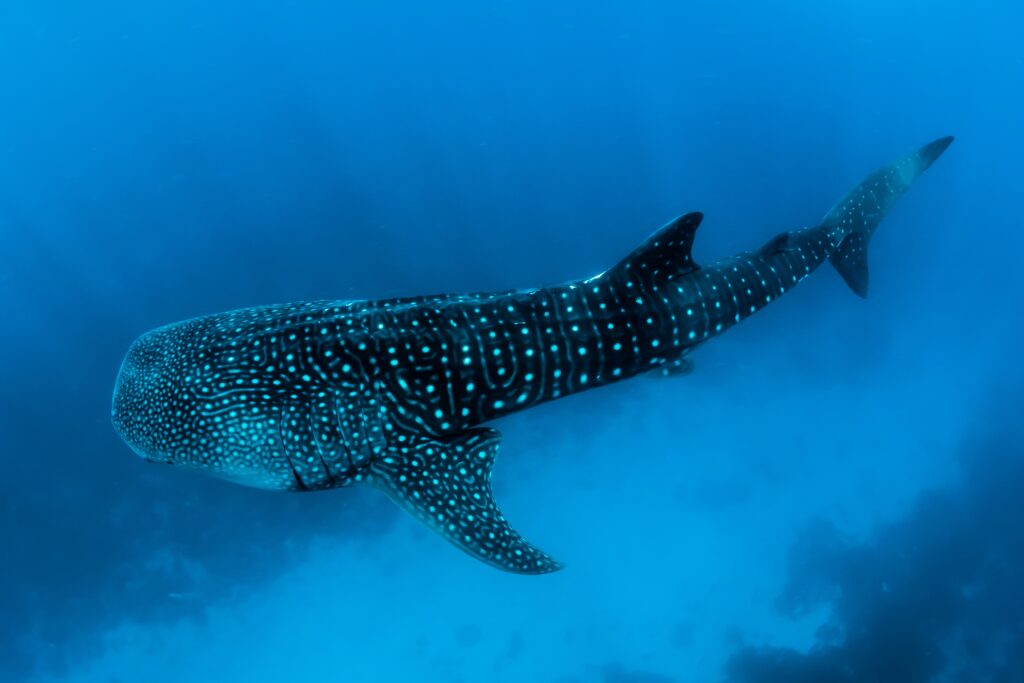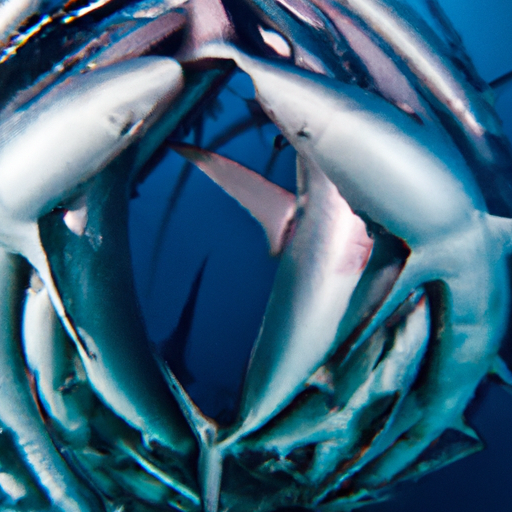So you’ve always been intrigued by the mysteries of the ocean. The mesmerizing creatures that inhabit its depths have fascinated you for as long as you can remember. And now, you’ve stumbled upon a peculiar product that promises to reveal a quirky secret of the shark world. Introducing “What Is It Called When You Flip A Shark Upside Down?” This unique offering is all about unraveling the enigma of what happens when a shark is flipped over in the water. Dive into this captivating article to uncover the extraordinary phenomenon and learn the answer to the question that has piqued your curiosity for so long.
What Is It Called When You Flip A Shark Upside Down?
Have you ever been curious about what happens when you flip a shark upside down? It turns out that there is a fascinating phenomenon known as tonic immobility that occurs when a shark is placed in this position. This behavior has intrigued scientists and researchers for years, and there are various theories and explanations behind why sharks exhibit this behavior. In this article, we will explore the physiology of sharks, delve into the concept of upside down behavior, discuss the history and origin of the term ‘shark tonic immobility,’ examine scientific explanations for this phenomenon, and explore the controversy surrounding the practice of flipping sharks upside down. We will also discuss the potential implications for sharks and the conservation efforts in place to protect these magnificent creatures.

Overview of Shark Physiology
Before we delve into the behavior of sharks when they are flipped upside down, it is essential to understand their unique physiology. Sharks are cartilaginous fish, meaning that their skeletons are composed of cartilage rather than bone. This adaptation allows sharks to be more flexible, agile, and have a streamlined body shape, ideal for swift and efficient swimming. Additionally, sharks possess an array of sharp teeth, powerful jaws, and a highly developed sensory system, making them excellent predators in the marine ecosystem. Understanding these physical characteristics is crucial in comprehending the peculiar behavior observed when sharks are flipped upside down.
Upside Down Behavior in Sharks
When a shark is flipped upside down, it often enters a state of tonic immobility. This behavior involves the shark becoming still, appearing almost paralyzed, and can last for several minutes. Sharks that enter tonic immobility may display physical changes such as a decrease in breathing rate and muscle activity. The behavior has been observed in various shark species, including great whites, tiger sharks, and lemon sharks. Interestingly, not all sharks exhibit tonic immobility when flipped upside down, and the reasons for this intriguing variation are still not fully understood.
The Phenomenon of Tonic Immobility
Tonic immobility is not solely restricted to sharks. In fact, it is a behavior commonly observed in many species of animals, including mammals, reptiles, and birds. When an animal enters tonic immobility, it becomes motionless, often assuming a tense and rigid posture. This response is thought to be a defense mechanism triggered in situations of extreme stress or when the animal perceives a threat. It is theorized that tonic immobility serves as a survival strategy, as staying still and appearing dead may deter potential predators.
The Origin of the Term ‘Shark Tonic Immobility’
The term ‘shark tonic immobility’ was coined to describe the specific behavior observed when a shark is flipped upside down and enters a state of immobility. It is believed that the phrase was first used in scientific literature in the 1960s to describe the phenomenon accurately. Since then, researchers and scientists have been conducting studies to understand the physiological and psychological factors behind shark tonic immobility.

Scientific Explanations for Shark Tonic Immobility
Several theories aim to explain the occurrence of shark tonic immobility. One hypothesis suggests that flipping a shark upside down may disrupt the shark’s sensory organs, particularly the ampullae of Lorenzini, which are electroreceptor organs located on the shark’s snout. By manipulating these electroreceptors, it is believed that the shark’s orientation and balance are compromised, leading to a state of tonic immobility. Another theory proposes that tonic immobility may be an automatic reflex triggered by the shark’s body position and the stimulation of specific nerve receptors. However, much research is still required to confirm these theories and gain a comprehensive understanding of the underlying mechanisms.
Why Do People Flip Sharks Upside Down?
The practice of flipping sharks upside down, also known as ‘tonic immobility testing,’ has been employed by scientists for various reasons. One major reason is to immobilize the shark temporarily to facilitate tagging and scientific research. By inducing tonic immobility, researchers can safely handle the shark, collect biological data, and attach tracking devices without causing harm to the shark or themselves. Additionally, tonic immobility testing allows scientists to study the physiological changes that occur in sharks during this state, providing valuable insights into their behavior and sensory systems.

Controversy Surrounding the Practice
Despite its scientific applications, the practice of flipping sharks upside down has sparked controversy and ethical debates. Opponents argue that inducing tonic immobility may cause significant stress and harm to the animal, potentially impacting its overall well-being. Critics also raise concerns regarding the potential long-term effects on the shark’s behavior, particularly if they experience tonic immobility frequently. It is crucial to find a balance between scientific research and the welfare of these amazing creatures to ensure their protection and conservation.
Potential Implications for Sharks
The implications of tonic immobility for sharks extend beyond scientific research. Tonic immobility has been observed in sharks during certain fishing practices, such as shark finning. Shark finning involves removing a shark’s fins and discarding the rest of the body back into the ocean, often leading to the death of the shark. By inducing tonic immobility, fishermen can handle the sharks more easily and reduce the risk of injury. However, the widespread use of this practice has raised concerns about the welfare and sustainability of shark populations worldwide.

Conservation Efforts to Protect Sharks
Recognizing the crucial role that sharks play in maintaining healthy ocean ecosystems, conservation efforts are underway to protect and preserve these incredible creatures. Many organizations and governments have implemented regulations and policies to combat practices like shark finning and promote sustainable shark fishing. Additionally, raising awareness about shark conservation and highlighting the importance of these apex predators is crucial to change public perception and foster a sense of responsibility towards their future.
Conclusion
In conclusion, flipping a shark upside down triggers a fascinating behavior known as tonic immobility. While this behavior is not fully understood, scientists have proposed various theories to explain its occurrence. The practice of flipping sharks upside down has proved beneficial for scientific research but has also generated controversy due to ethical concerns. As we continue to learn more about the behavior and physiology of sharks, it is essential to balance scientific inquiry with the well-being and conservation of these remarkable creatures. By protecting sharks and their habitats, we are preserving the delicate balance of our marine ecosystems and ensuring the survival of these ancient and awe-inspiring creatures for generations to come.

- Can You Dive With Sharks In California? - August 19, 2024
- What Are The Rules Of Shark Cage Diving? - August 19, 2024
- Where In Florida Can You Dive With Sharks? - August 19, 2024








